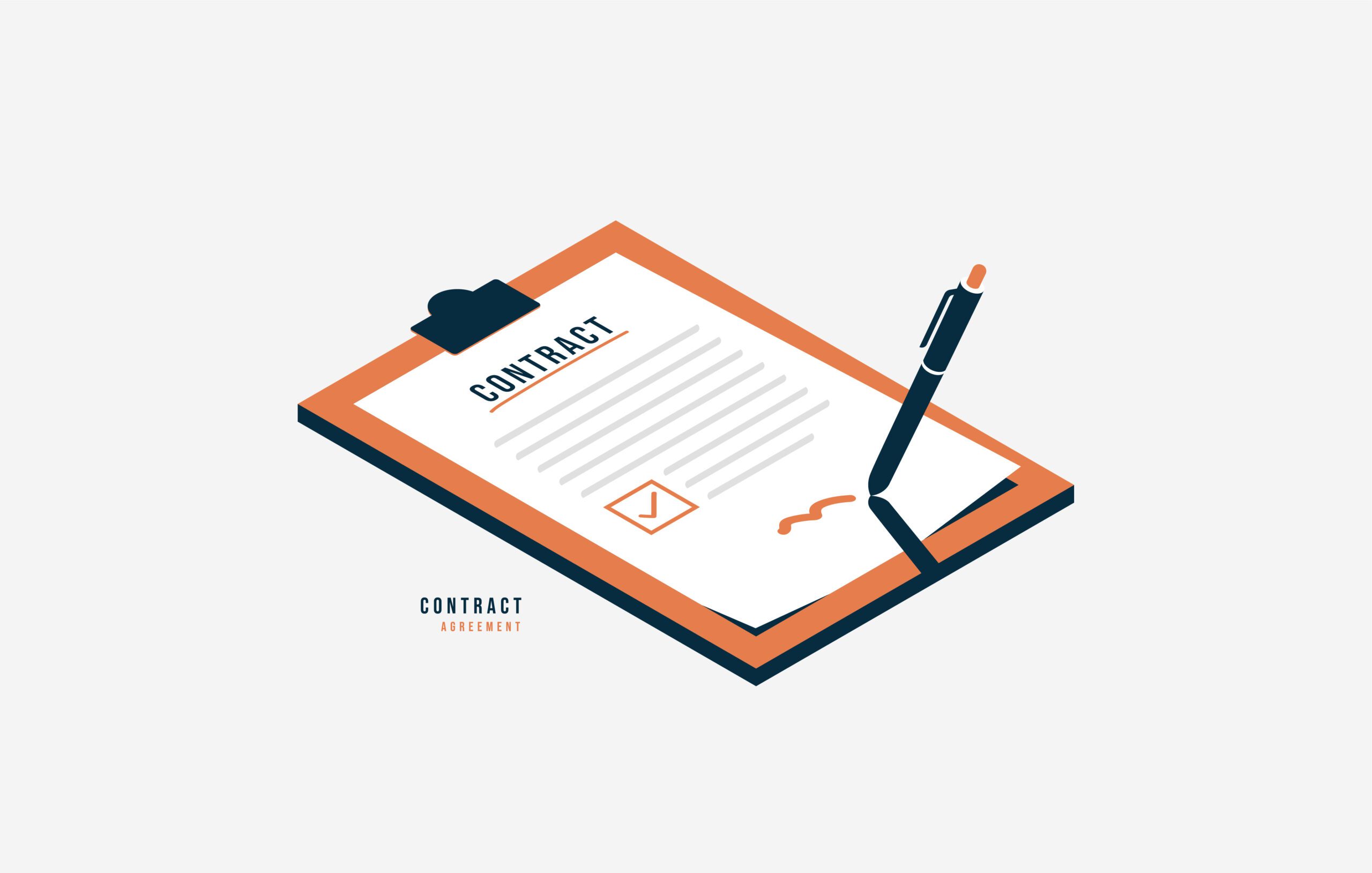Security Breach. Target.
During the holiday shopping season of 2013, giant retailer, Target, suffered a security breach that exposed the private information of 110 million Target shoppers via a data theft of credit and debit card information. A class-action lawsuit against Target was filed shortly thereafter. Identity theft is a major consequence of a security breach.
Target has now agreed to pay $10 million in damages suffered from the security breach. The money will be deposited into an escrow account from where people whose information was exposed will collect payouts of up to $10,000. The court also decreed that Target manage these payouts via an online website. Further directives from the court stipulated that Target hire a “Chief Information Security Officer.”
Before the settlement was reached, Target argued that customers had “no standing” in establishing any injuries.
Data Breach has Far-Reaching Security Implications.
According to consumer-advocate organizations, this data breach has far-reaching security implications due to the fact that Target is an industry leader in data mining. This is the practice of using and analyzing the shopping habits and purchasing preferences of shoppers. Once again, identity theft is a far-reaching implication of a security breach.
Security breaches at large retailers are not uncommon in the digital age. In 2014, The Home Depot suffered a breach when hackers installed malware on self-checkout registers. The company said the breach affected 56 million debit and credit cards in the United States and Canada.
As we can see, data breaches such as the ones mentioned above can wreak havoc on people’s lives. Keeping your debit and credit card information from getting into the wrong hands can be a challenge, but there are certain things you can do.
In a 2014 Time.com article, author Martha C. White, who writes about consumer debit, credit and retail banking suggests 6 things you can do the help prevent data theft.
- Use a Credit Card if you can: credit cards have more protections than debit cards and your bank account is not at risk.
- Sign instead of keying in your PIN: inputting your PIN gives thieves the opportunity to create a fake debit card and withdrawing your money from an ATM.
- Keep watching your statement: you never know when a thief will begin to use your compromised information. Often there is a time lapse between breach and use.
- Disable automatic transfers linked to accounts: thieves can empty out both accounts if your information is stolen.
- Use more, and better, passwords: 55% of all consumers use the same username and passwords for all their online accounts. If criminals breach one account, they can breach all of them.
- Set up account alerts: most banks let customers sign up for alerts that tell them if certain types of transactions are made.
Yes, using your debit and credit cards for shopping can be very convenient, but we all need to take responsibility in protecting our finances and personal information from thieves who are becoming better and better at stealing this data.
Until next time, I’m Attorney Francine Ward helping you protect what’s yours. Join my conversation on Facebook, Twitter, or in one of my LinkedIn groups, Google+ Circles.










